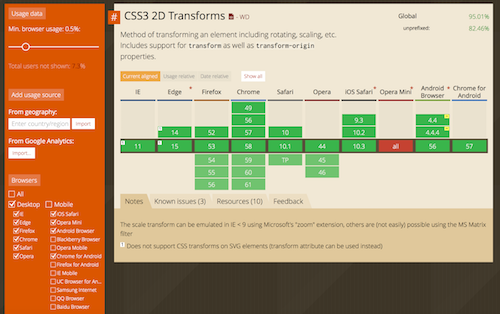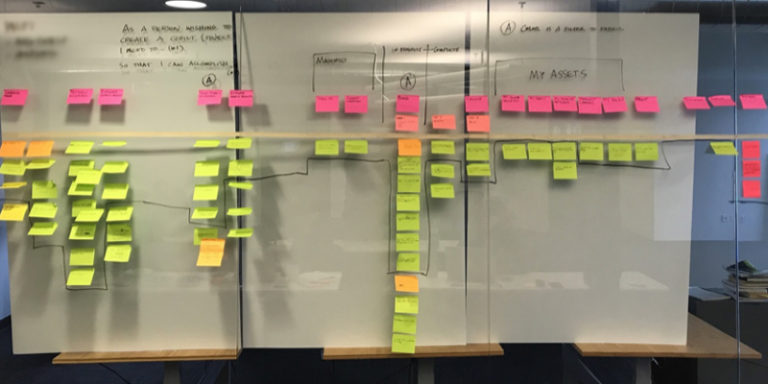
“What browser do you want to support?”
This question gets asked at the beginning of most web projects and places fear in the heart of both developers and product owners. And rightfully so, but there are readily-available tools to take much of the fear and apprehension out of this inquiry.
A (Not So) Simple Inquiry
While I’m using the web browser in this post, it’s a great example of a seemingly mundane project detail that carries significant ramifications around which technologies should be leveraged.
The product owner can be in a difficult position when they have a:
- lack of technical expertise to understand what a particular answer means
- greenfield product with no baseline market to give insights into what they’re already using
- gap in knowledge of what functionality is required and which browser will support the desired functionality
The developer on the other side of the coin fears hearing responses like “all of them”, “what do you think?”, or “evergreen browsers” and then not having a way to give quality feedback as to if that is a reasonable response.
There is a way to attain better outcomes in these situations.
Tools that Provide Insight
By combining information gleaned from Google Analytics and caniuse.com, product owners and developers can work together to evaluate the features, tools, and browser functionality they intend on using to develop the product.
A powerful combination, just like chocolate and peanut butter.


For example, if the developer wants to use Fancy New Technology X but the browsers used by a significant percentage of the product’s users don’t support it, alternatives may be needed. Or if Google Analytics shows that Old IE is rarely used, a decision can be quickly arrived at if a faster dev cycle is worth the degraded experience for those people.
Gut instincts can be good, but data can help in making better decisions and, therefore, a better product.
A Word of Caution
Your product’s current design may be making some of the decisions for you. If your product is hostile to specific browsers, your stats will show users of those browsers don’t use your product. You’d only be confirming the design of your product excludes those people who might otherwise use it and will only continue to do so.



